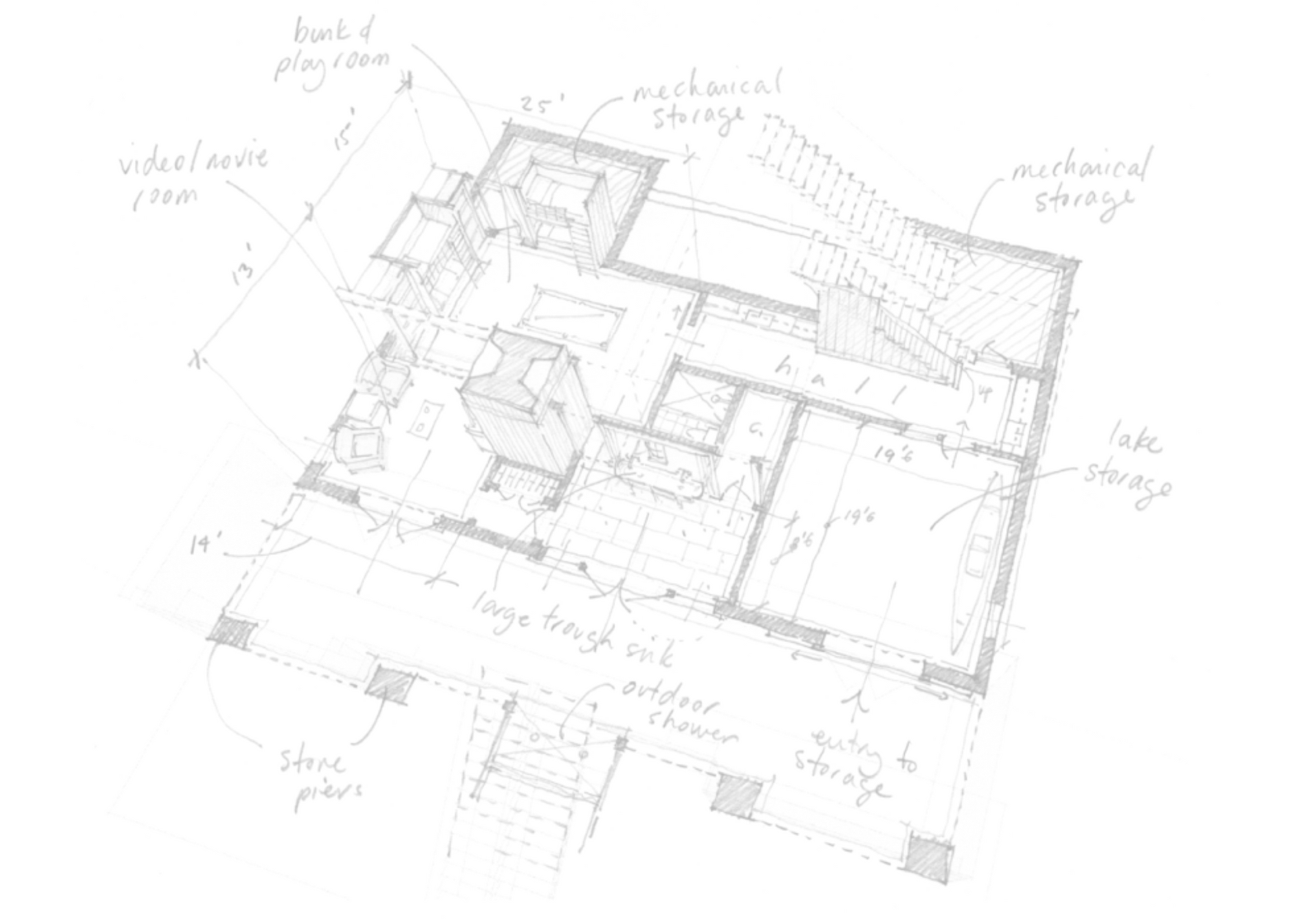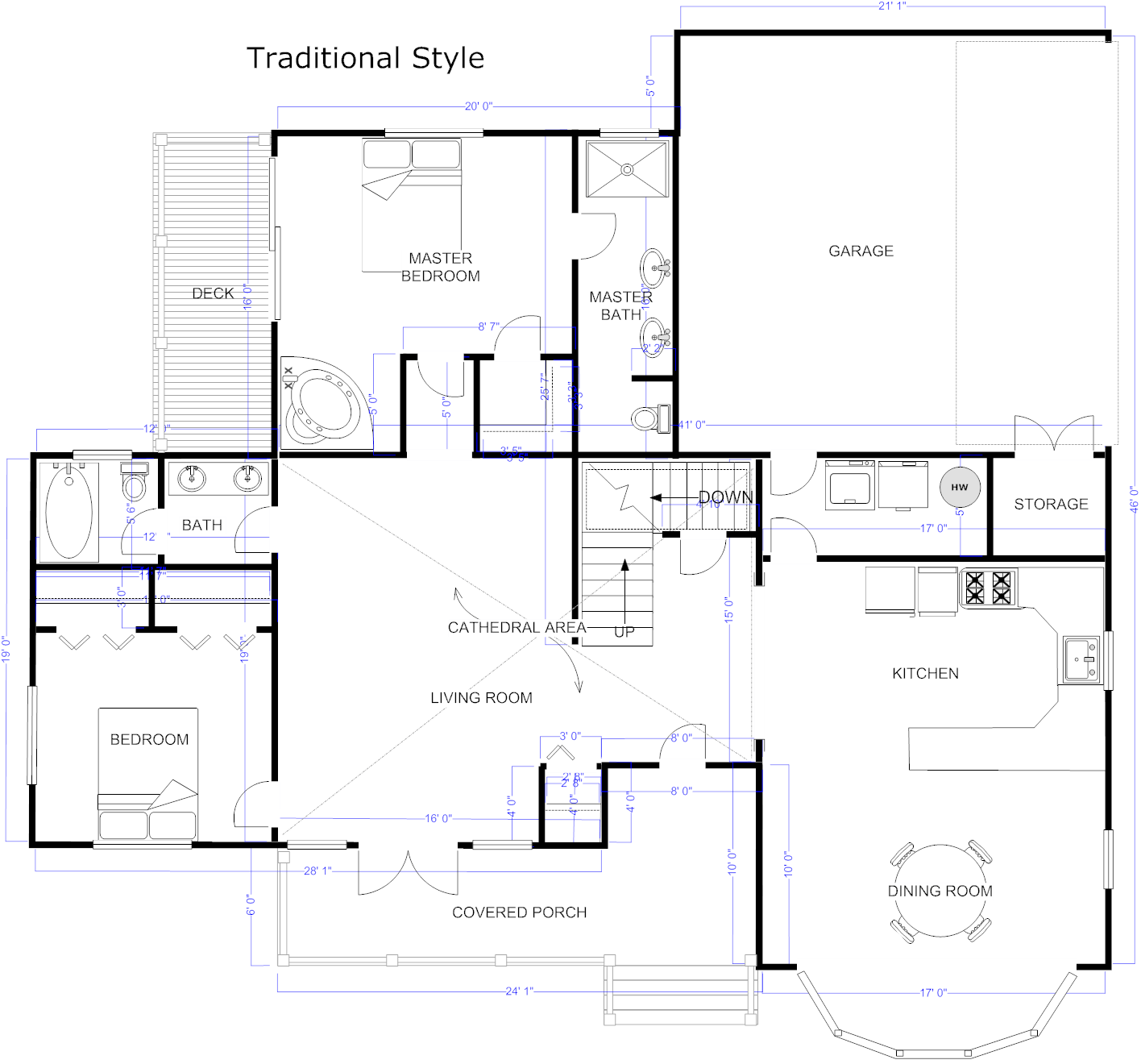Why CDA Architects Are Leaders in Architectural Style and Development
Why CDA Architects Are Leaders in Architectural Style and Development
Blog Article
The Effect of Technological Advancements on the Design Practices of Contemporary Architects
The fast development of technological devices has substantially improved the layout landscape for contemporary designers, fostering extraordinary degrees of advancement and sustainability. Exploring these characteristics exposes a nuanced interplay in between technology and typical layout methodologies, prompting a better evaluation of what the future holds for architectural methods.
Development of Architectural Equipment
Exactly how have building tools transformed the design and building procedures over the centuries? The development of architectural tools has significantly impacted the efficiency, precision, and creative thinking of layout and building and construction. In old times, engineers count on fundamental tools such as plumb bobs, determining rods, and basic geometry to develop frameworks. These devices laid the structure for very early building technique, enabling the building and construction of famous structures, albeit with limitations in precision and intricacy.
With the arrival of the Renaissance, the intro of the compass and the protractor noted a critical shift. These devices allowed designers to achieve higher accuracy in their styles, helping with the appearance of more intricate and proportional buildings. The Industrial Change even more revolutionized building practice with the intro of mechanized tools and products, permitting larger and more ambitious projects.
In the 20th century, the growth of computer-aided design (CAD) software program changed the landscape once again, giving designers with unprecedented capacities in modeling and visualization. Today, advanced devices such as Building Details Modeling (BIM) and parametric style software remain to push the limits of architectural advancement, enabling an extra incorporated method to design and building processes.
Enhanced Partnership in Design
As innovation continues to evolve, enhanced cooperation in design has actually come to be a foundation of modern-day architectural method. The combination of electronic devices such as Building Info Modeling (BIM), cloud-based platforms, and advanced visualization software application has actually changed the means architects, engineers, and stakeholders communicate throughout the layout process. These devices promote real-time communication, permitting teams to share ideas, adjustments, and responses immediately, no matter geographical location.

Additionally, interdisciplinary cooperation has actually been structured through these technological innovations, making it possible for designers to function a lot more closely with various other professionals, such as metropolitan organizers and ecological specialists. The outcome is an extra natural method to create that considers various point of views and expertise. Eventually, improved cooperation in layout is not merely a trend; it is vital for producing cutting-edge, useful, and aesthetically pleasing architecture in a progressively complicated globe.

Sustainability Via Modern Technology
Sustainability in design has increasingly come to be linked with technological innovation, driving the sector toward environmentally liable methods. Contemporary architects are leveraging innovative modern technologies to lessen environmental influence while improving the performance of structures. cda architects. One famous example is the usage of Structure Information Modeling (BIM), which her comment is here enables exact planning and source allotment, reducing waste throughout building and promoting power effectiveness throughout a building's lifecycle
Additionally, smart materials and energy-efficient systems are being incorporated into layouts to enhance source usage. Technologies such as photovoltaic or pv cells and eco-friendly roof covering systems harness renewable resource sources, adding to decreased carbon impacts. Additionally, the application of fabricated intelligence in style processes allows engineers to replicate and analyze energy intake, directing choices toward more lasting results.
The integration of sustainable modern technologies not only straightens with global environmental objectives but likewise fulfills an increasing demand from customers for eco-friendly services. As designers welcome these developments, the emphasis changes towards creating areas that are not just cosmetically pleasing but likewise functionally lasting, therefore redefining the standards of contemporary architecture. This way, technology serves as a stimulant for sustainability, making it possible for architects to develop buildings that respect and improve the natural surroundings.
Difficulties in Execution
While technical advancements in architecture hold excellent assurance for boosting sustainability, their execution often encounters significant difficulties. One main challenge is the high understanding contour related to brand-new modern technologies. Architects and construction professionals may require comprehensive training to successfully make use of advanced software program and devices, which can have a peek here postpone job timelines and boost expenses.
Furthermore, the integration of emerging modern technologies, such as Structure Info Modeling (BIM) and sustainable materials, often necessitates cooperation throughout multidisciplinary teams. This partnership can be hindered by distinctions in expertise, operations, and interaction styles, bring about possible disputes and inefficiencies.

Moreover, governing frameworks and building regulations may not equal technological developments, developing ambiguity and potential conformity issues. This obstacle can inhibit architects from fully embracing new innovations, as the danger of non-compliance might exceed the advantages. Consequently, addressing these implementation challenges is vital for the effective combination of technical improvements in modern architectural methods.
Future Trends in Style
The obstacles connected with the execution of brand-new innovations in design have actually triggered a reevaluation of future trends within the industry - cda architects. As architects navigate problems such as anchor sustainability, urbanization, and social equity, they are progressively taking on ingenious innovations to improve design efficiency and ecological efficiency
One famous pattern is the combination of synthetic intelligence (AI) in the design procedure. AI devices can evaluate large datasets to inform layout choices, improving both imagination and performance. Structure Information Modeling (BIM) proceeds to develop, making it possible for real-time partnership among stakeholders and promoting streamlined project administration.
Sustainable style practices are additionally getting momentum, with designers focusing on flexible reuse and regenerative layout principles that lessen resource usage and waste. The incorporation of smart products and renewable energy resources will better improve the strength of buildings despite climate adjustment.
Furthermore, the surge of parametric design permits for more customized and context-sensitive building services (cda architects). By using these developments, engineers are positioned to produce developed settings that not just resolve the immediate requirements of culture yet also anticipate future difficulties, thereby redefining the role of design in an ever-changing globe
Conclusion
Technical developments have actually dramatically reshaped architectural layout methods, facilitating boosted precision, cooperation, and sustainability. The assimilation of devices such as Building Info Modeling and parametric style software program, alongside synthetic intelligence and clever products, encourages engineers to deal with complicated difficulties more successfully. While application may provide specific challenges, the continued evolution of these innovations assures to drive advancement in design. Future patterns will likely additionally highlight sustainability and effectiveness, eventually redefining the developed atmosphere.
Report this page